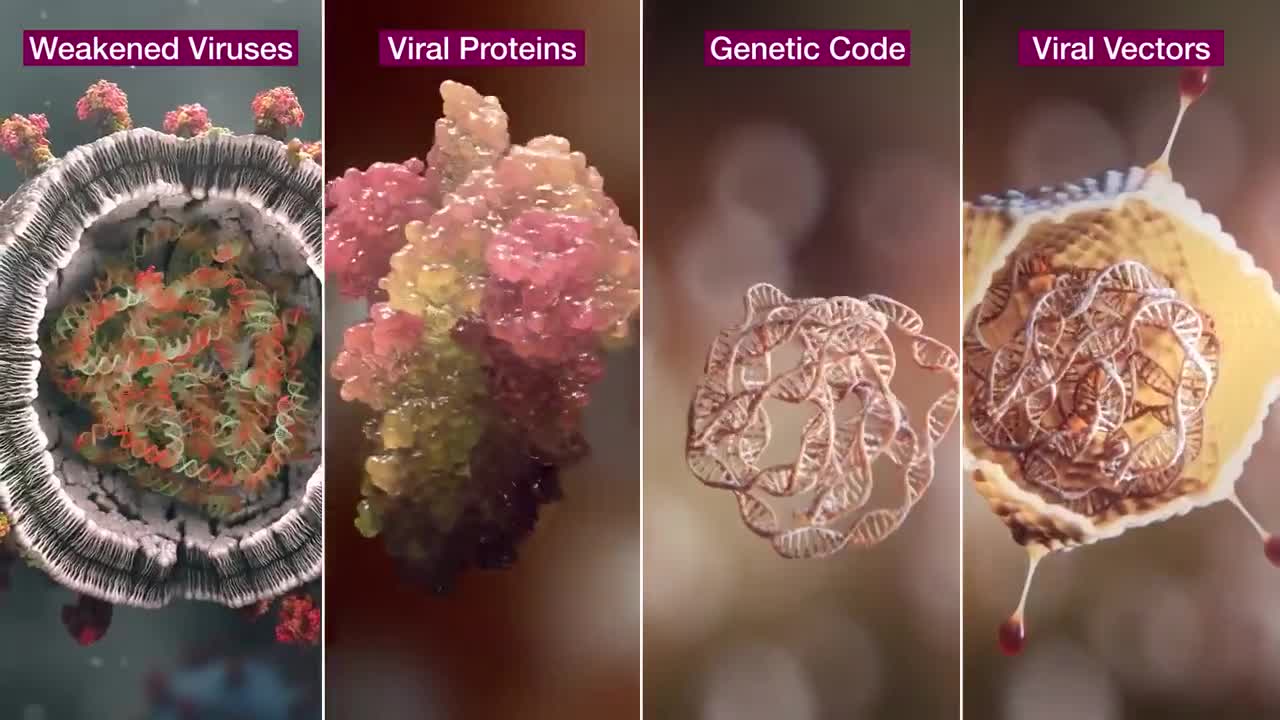Premium Only Content

How AstraZeneca's Covid-19 Vector Vaccine is Made Animation
Viral vector-based vaccines differ from most conventional vaccines in that they don’t actually contain antigens, but rather use the body’s own cells to produce them. They do this by using a modified virus (the vector) to deliver genetic code for antigen, in the case of COVID-19 spike proteins found on the surface of the virus, into human cells. By infecting cells and instructing them to make large amounts of antigen, which then trigger an immune response, the vaccine mimics what happens during natural infection with certain pathogens - especially viruses. This has the advantage of triggering a strong cellular immune response by T cells as well the production of antibodies by B cells. An example of a viral vector vaccine is the rVSV-ZEBOV vaccine against Ebola.
-
 LIVE
LIVE
Vigilant News Network
15 hours agoUK Government BUSTED in Secret Plot to Extract Your Data | Media Blackout
1,753 watching -
 1:03:32
1:03:32
Winston Marshall
3 days ago"War On Children!" The DEMISE Of The West Starts With Schools - Katharine Birbalsingh
119K67 -
 48:02
48:02
Survive History
18 hours ago $8.75 earnedCould You Survive as a Sharpshooter in the Napoleonic Wars?
72.7K3 -
 12:03
12:03
Space Ice
18 hours agoSteven Seagal's China Salesman - Mike Tyson Knocks Him Out - Worst Movie Ever
50.8K19 -
 11:37
11:37
Degenerate Jay
18 hours ago $19.35 earnedJames Bond Needs Quality Over Quantity From Amazon
120K10 -
 15:23
15:23
Misha Petrov
18 hours agoTrad Wives & Girl Bosses Go to WAR!
87.2K52 -
 2:03:11
2:03:11
TheDozenPodcast
16 hours agoFootball villain fighting the state: Joey Barton
62.8K1 -
 13:18:50
13:18:50
Scottish Viking Gaming
19 hours ago💚Rumble :|: Sunday Funday :|: Smash the Blerps and Vape the Terpes
101K8 -
 1:45:00
1:45:00
RG_GerkClan
21 hours ago🔴LIVE Sunday Special - It's Time for World Domination - Civilization VII - Gerk Clan
92.2K28 -
 LIVE
LIVE
Major League Fishing
4 days agoLIVE Tackle Warehouse Invitationals, Stop 1, Day 3
104 watching